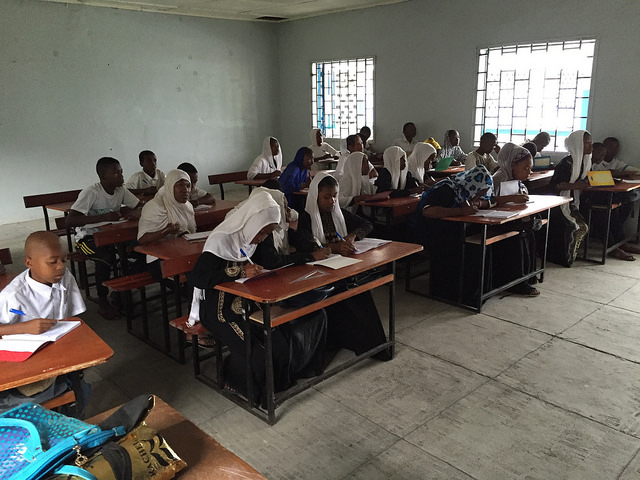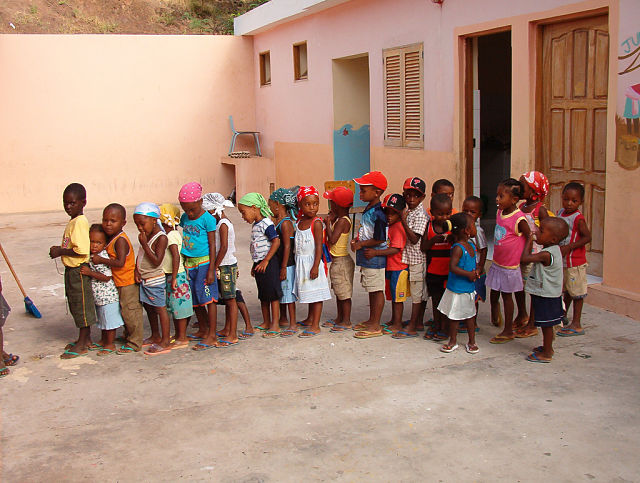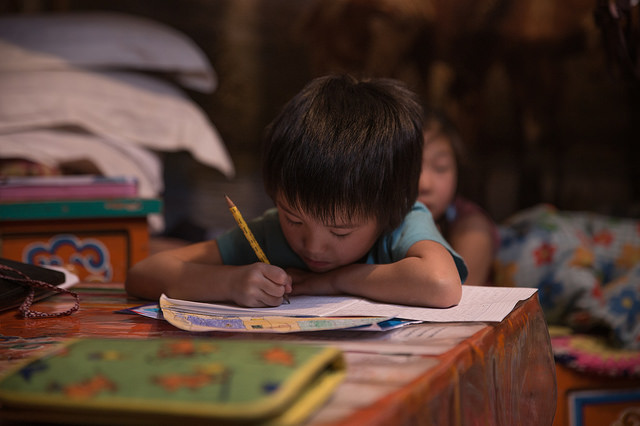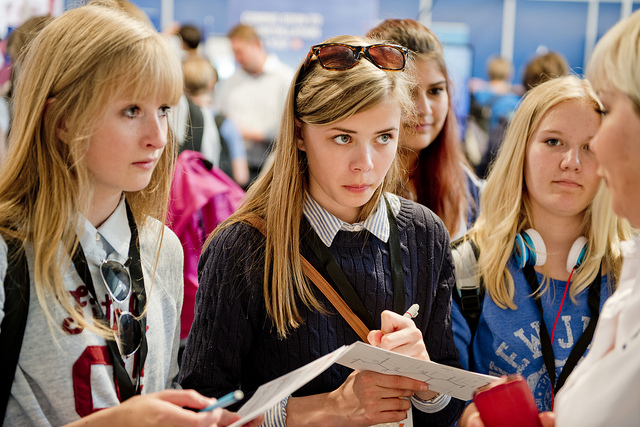 In 2015, 72 countries participated in The Organization for Economic Cooperation and Development’s (OCED) triennial Programme for International Student Assessment. The test examines 15-year-olds’ aptitude in reading, math and science. Singapore, China, Japan, South Korea, Estonia, Canada and Switzerland are consistently among the top 10 performing countries in all subjects, with Singapore ranking number one across the board.
In 2015, 72 countries participated in The Organization for Economic Cooperation and Development’s (OCED) triennial Programme for International Student Assessment. The test examines 15-year-olds’ aptitude in reading, math and science. Singapore, China, Japan, South Korea, Estonia, Canada and Switzerland are consistently among the top 10 performing countries in all subjects, with Singapore ranking number one across the board.
Science
- Singapore
- Japan
- Estonia
- Chinese Taipei
- Macao (China)
Reading
- Singapore
- Canada
- Ireland
- Estonia
- South Korea
Math
- Singapore
- China
- Japan
- South Korea
- Switzerland
What makes these countries different from low performing ones? Four notable components emerge from experts’ conversations about what makes education superpowers successful.
- Equality and a strong education policy
- High-quality instructors
- Parental involvement
- Objectivity
Equality and education policy
There is only a narrow socioeconomic discrepancy between schools in the top-ranked countries, proof of a remarkably consistent educational system. For example, Canadian students score high regardless of being an economically advantaged or disadvantaged student.
In Macao and Vietnam, students with unfavorable socioeconomic conditions still outperform advantaged students internationally on PISA exams, citing a successful and consistent educational framework as one of the reasons for this.
High-quality teachers
The support and training for teachers in education superpower countries is extensive. These countries tend to have high salaries and comprehensive policy frameworks that support teachers and reflect the importance of teacher quality and preparation.
In a three-year study, the Stanford Center for Opportunity Policy in Education’s leading researcher Linda Darling-Hammond found that countries that best prepare their students focus on two things: building an effective and long-term educational system and professionalizing the teaching career.
The qualifications and training process of becoming a teacher are denser, but systems are in place to make this a more affordable process. In Canada, teachers are paid salaries comparable to that of engineers and other societal professionals. Singaporean primary school teachers earn an average of S$51,000 annually.
Parental involvement
In a comparative study reading parents’ involvement in the learning process between American and Chinese students, Cecilia Sin-Sze Cheung and Eva Pomerantz found that parental involvement was positively associated with the child’s achievement in both countries, especially in the education superpower of China.
Andreas Schleicher, OECD’s education director, argues that Singapore’s success is in part due to the high priority that parents in Asian countries put on education. This ultimately contributes to their child’s educational success and achievements.
Education superpowers don’t buy into the myths
Contrary to popular belief, a high rate of immigrants does not necessarily contribute to a lower success average in schools. In Canada’s case, embracing immigrant students has contributed to the overall success of the Canadian educational system.
OCED acknowledges that counties with high immigrant student populations are not associated with poor student performance.
The cost of being an education superpower
The top-performing countries also rank high on the World Health Organization’s adolescent suicide rate chart. Hong Kong, Japan and South Korea all near the top of both lists. Countries such as Albania and Peru that are among PISA’s lower test performers have a higher proportion of students who enjoy school.
Though preparing students for a global economy and cultivating abilities to compete on a universal level is worth applauding, it may be at the cost of happiness. The most important things for education superpowers to work on are reducing the stress put on students and making their education enjoyable as well as enriching.
– Sloan Bousselaire
Photo: Flickr
 Paraguay is a country located in South America, situated between the northern border of Argentina and the southern border of Brazil. Education in Paraguay is very structurally similar to that of the United States, in which children advance through primary and secondary school before moving on to advanced studies at a university or vocational training facility. Similar to the United States, the education system starts children in primary school at age six, and the children complete grades one through 12.
Paraguay is a country located in South America, situated between the northern border of Argentina and the southern border of Brazil. Education in Paraguay is very structurally similar to that of the United States, in which children advance through primary and secondary school before moving on to advanced studies at a university or vocational training facility. Similar to the United States, the education system starts children in primary school at age six, and the children complete grades one through 12.
 In 2015, 72 countries participated in The Organization for Economic Cooperation and Development’s (OCED) triennial Programme for International Student Assessment. The test examines 15-year-olds’ aptitude in reading, math and science. Singapore, China, Japan, South Korea, Estonia, Canada and Switzerland are consistently among the top 10 performing countries in all subjects, with Singapore ranking number one across the board.
In 2015, 72 countries participated in The Organization for Economic Cooperation and Development’s (OCED) triennial Programme for International Student Assessment. The test examines 15-year-olds’ aptitude in reading, math and science. Singapore, China, Japan, South Korea, Estonia, Canada and Switzerland are consistently among the top 10 performing countries in all subjects, with Singapore ranking number one across the board. According to the
According to the 

 In schools across the world, students find themselves at an inherent disadvantage because their classes are not taught in their native language. Native-language instruction is crucial to optimize a student’s success, for many reasons.
In schools across the world, students find themselves at an inherent disadvantage because their classes are not taught in their native language. Native-language instruction is crucial to optimize a student’s success, for many reasons. In 2016, the United Nations Office of the High Commissioner for Refugees (UNHCR) published its annual Global Report on the state of the world’s refugee crisis. Among other things, the report highlights a 6 percent rise in what it terms ‘populations of concern’ over the past year alone. That is a total
In 2016, the United Nations Office of the High Commissioner for Refugees (UNHCR) published its annual Global Report on the state of the world’s refugee crisis. Among other things, the report highlights a 6 percent rise in what it terms ‘populations of concern’ over the past year alone. That is a total 

